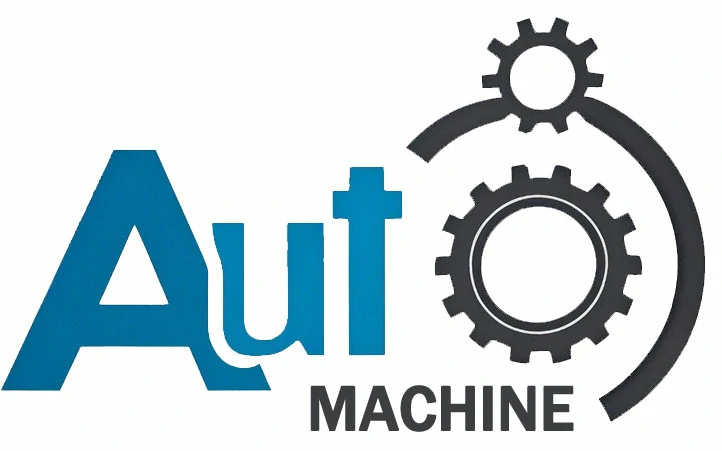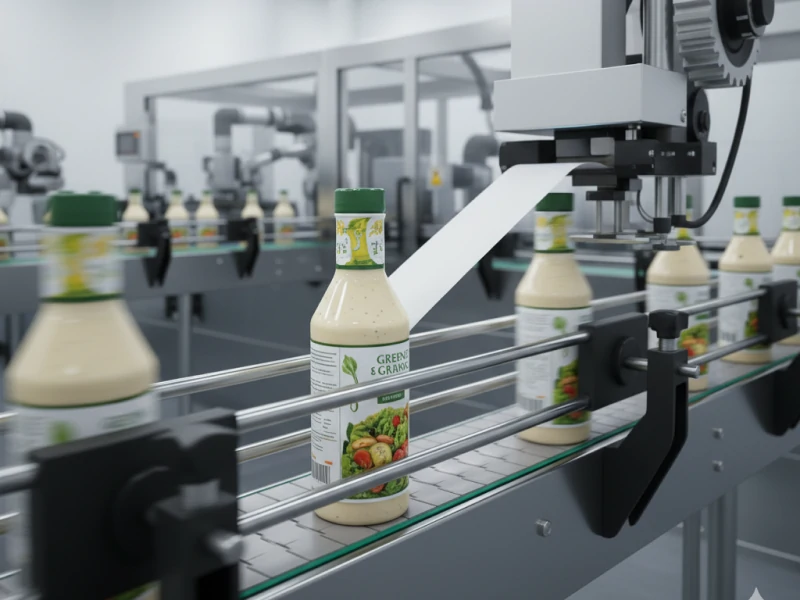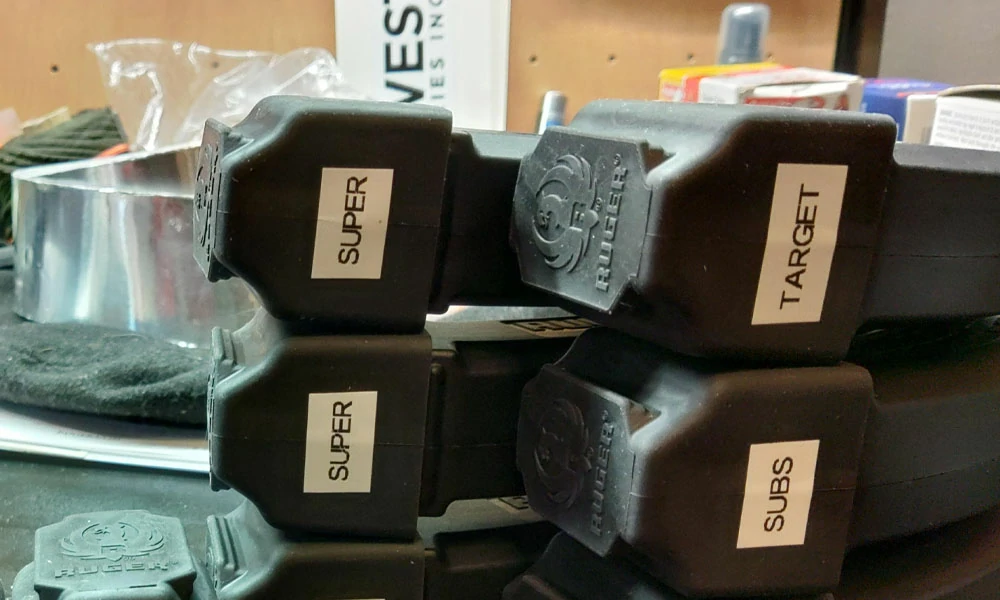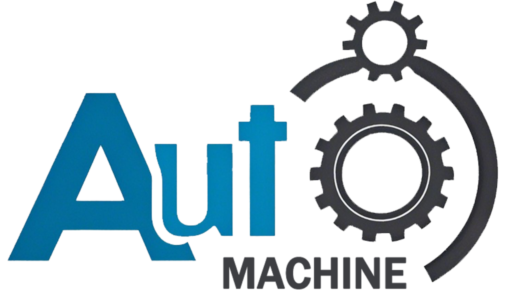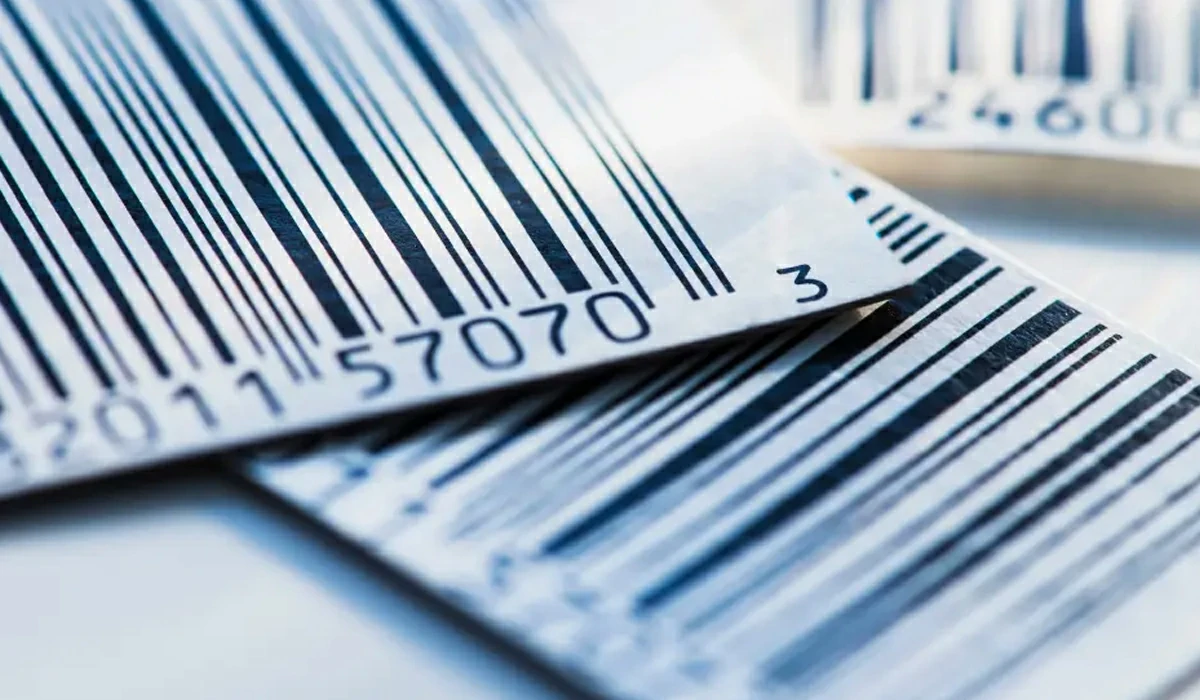
One of the most widely used methods of identifying products globally is through the European Article Number (EAN) system. But when it comes to the term “EAN” and “EAN codes,” many may wonder if there’s a difference between the two.
This article will dive into what EAN is, what EAN codes refer to, and how they are used in product labeling practices.
What is EAN?
EAN stands for “European Article Number,” is a standardized barcode symbol and numbering system used to identify specific retail product types, packaging configurations, and manufacturers in global trade. The most commonly used EAN standard is the 13-digit EAN-13, which is a superset of the original 12-digit Universal Product Code (UPC-A) standard. The EAN-13 number includes a 3-digit GS1 prefix (indicating the registered country or special product type), a manufacturer code, a product code, and a check digit.
EAN Code: What Does It Mean?
EAN codes are barcode types used to encode product article numbers. Initially, EAN codes were used exclusively to encode the “European Article Number” (EAN). Since 2009, EAN codes have been used to encode the Global Trade Item Number (GTIN).
EAN codes are typically used at retail points of sale for quick product scanning. Additionally, EAN codes are used for wholesale ordering, accounting, and product tracking purposes.
The EAN code consists of the following parts:
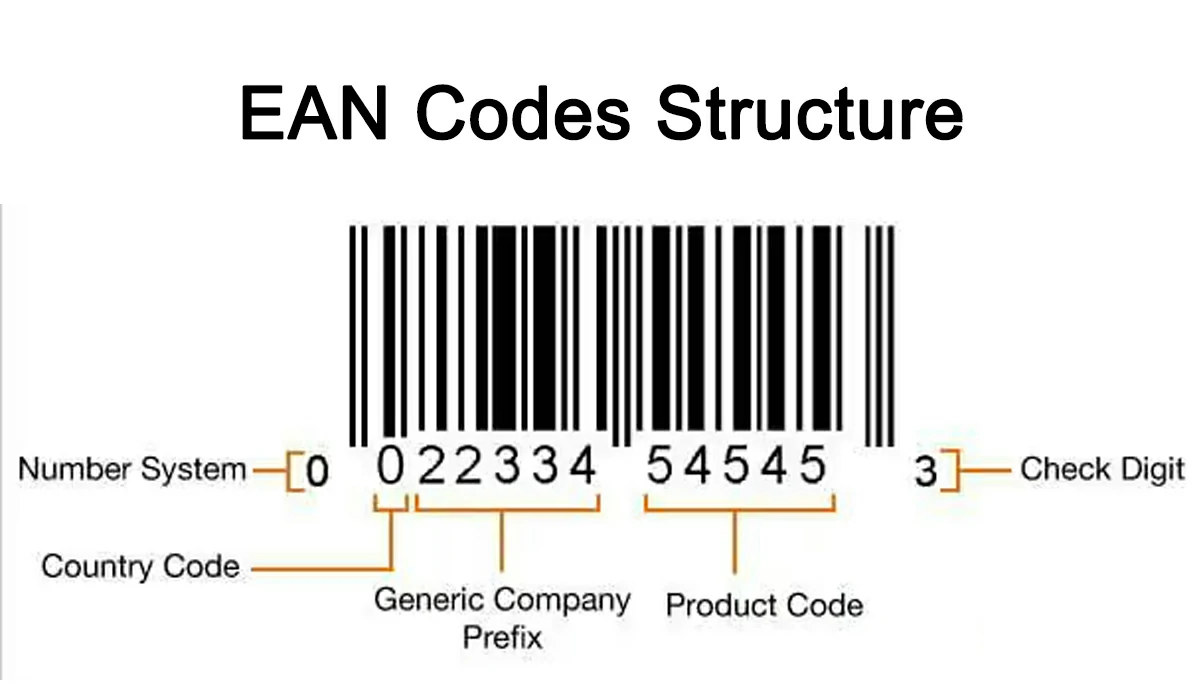
For example, a typical EAN code might look like this: 0022334545453. Here, “0” could represent the number system, “0” the country code, “22334” the generic company prefix, “54545” the product code, and “3” the check digit.
Types of EAN Codes
There are two primary types of EAN codes:
GTIN Code (formerly EAN-13): This is the classic EAN code, consisting of 13 digits. It includes a barcode and 13 digits structured as follows:
- Barcode: Composed of black and white lines encoding the GTIN digits.
- 13 Digits: Displayed below the barcode, with the first digit before the left boundary marker and the remaining digits below the corresponding encoded sections.
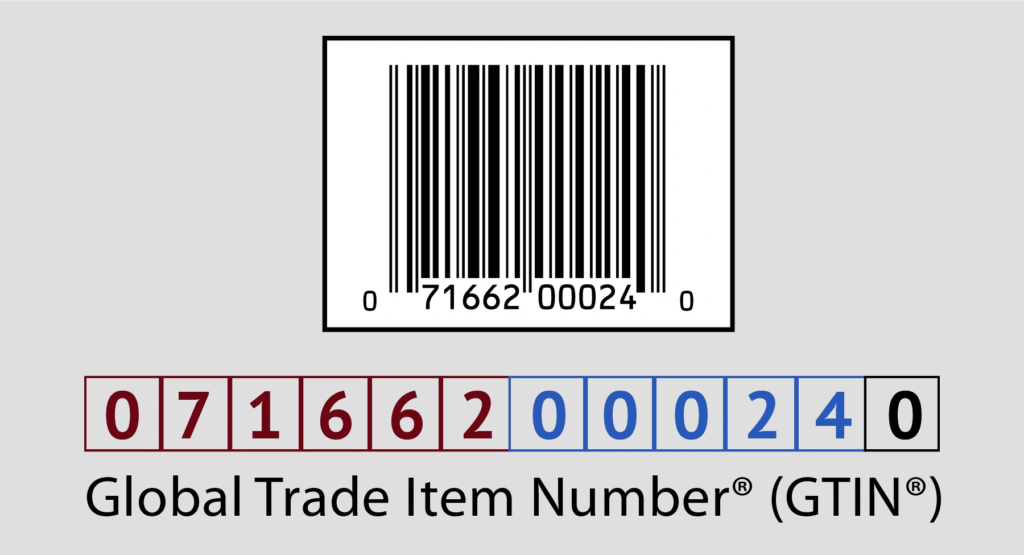
GTIN codes are used in retail stores for product identification, such as scanning items at checkout.
GS1-128 Code (formerly EAN-128): This barcode type is used to encode additional information, commonly used in logistics and transportation.
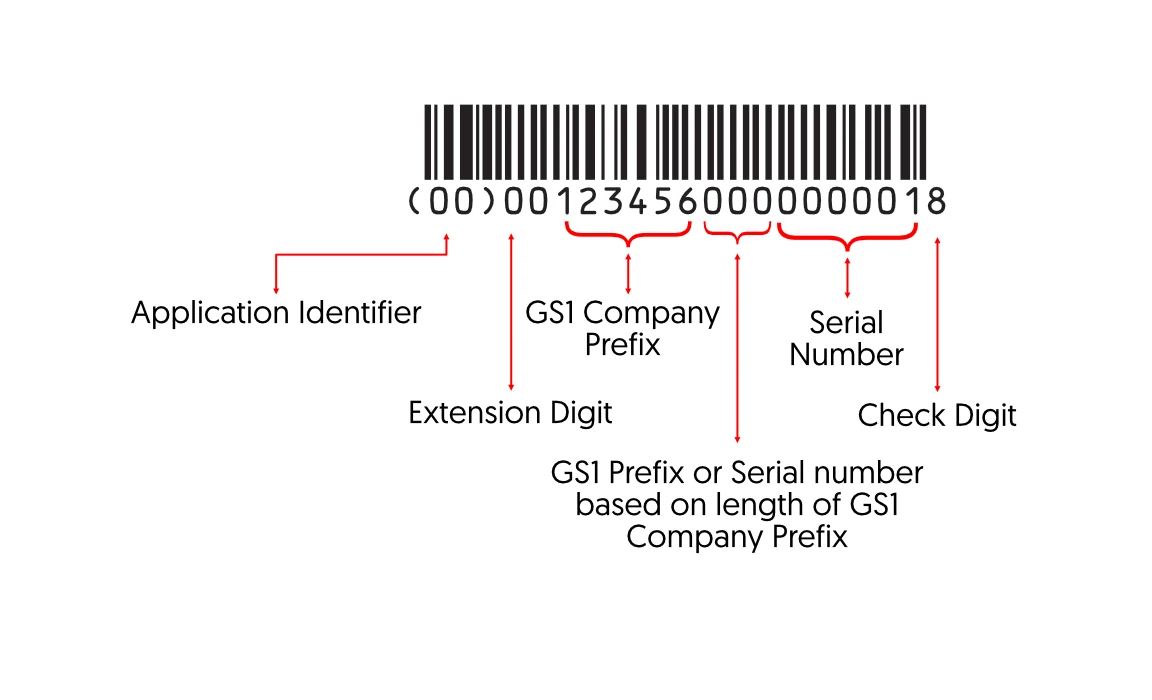
EAN and Barcodes: Their Relationship
A barcode is a machine-readable graphical representation of the EAN code, typically depicted using horizontal or vertical lines to represent the digits. Using barcode scanners, retailers, logistics companies, and warehouse managers can quickly scan the barcode to retrieve product details (such as price, stock quantity, etc.), speeding up business processes.
For example, an EAN-13 code represents the product information through a 13-digit number, while its corresponding barcode image translates these digits into stripes for easy scanning.
How to Obtain an EAN Code?
To obtain an EAN code, you first need to register for a Global Trade Item Number (GTIN). The GTIN is the unique identifier that underpins the EAN system. Without a GTIN, it is impossible to generate an EAN code. This process is managed by GS1, the global organization responsible for setting standards for product identification.
GS1 Germany and GTINs
In Germany, GS1 Germany is the official issuing body for GTINs. If you are based in Germany, you will need to apply for GTINs through their website. The process involves paying a registration fee and providing relevant business information to receive your company prefix and GTINs.
Key Differences Between EAN and EAN Codes
While “EAN” and “EAN code” are often used interchangeably, there are subtle distinctions between the two.
EAN refers to the European Article Numbering system itself, a coding standard for product identification, ensuring uniqueness on a global scale. An EAN code, on the other hand, refers to the specific barcode generated using this coding standard, which is a unique numerical identifier assigned to a product.
Thus, EAN refers to the system or specification, while EAN code refers to the specific string of numbers used for product identification.
A Comparison Table at a Glance
| Aspect | EAN | EAN Codes |
|---|---|---|
| Definition | Refers to the overall system or standard for product identification through barcodes. | Refers to the specific numeric barcode values generated using the EAN system. |
| Meaning | EAN is the method of assigning unique numeric identifiers to products. | EAN Codes are the actual barcode numbers representing individual products. |
| Function | Provides a standardized product identification system. | Represents the unique identifier for a specific product. |
| Example | EAN-13, EAN-8 standards. | A 13-digit number like “1234567890123”. |
| Scope | Encompasses all the barcode rules and systems. | Refers only to the specific unique identifier of a product. |
| Application | Used globally in retail, logistics, inventory management, etc. | Used in POS systems, logistics, and inventory management as the specific product ID. |
In short, “EAN” describes the broader system, while “EAN codes” describe the individual barcodes that represent products within that system.
EAN vs Other Coding Standards
Although the EAN system is widely used, it is not the only barcode standard. Different industries and regions may also use other barcode types, such as UPC (Universal Product Code) and QR codes.
| Barcode Standard | Description | Structure | Common Applications |
|---|---|---|---|
| UPC | Universal Product Code; used mainly in North America. | 12 digits (UPC-A) | Retail, grocery stores, consumer goods (mainly in North America) |
| QR Code | Quick Response code; a two-dimensional barcode that can store more data. | Variable (e.g., 21×21, 33×33 grid) | Advertising, event tickets, mobile apps, marketing campaigns |
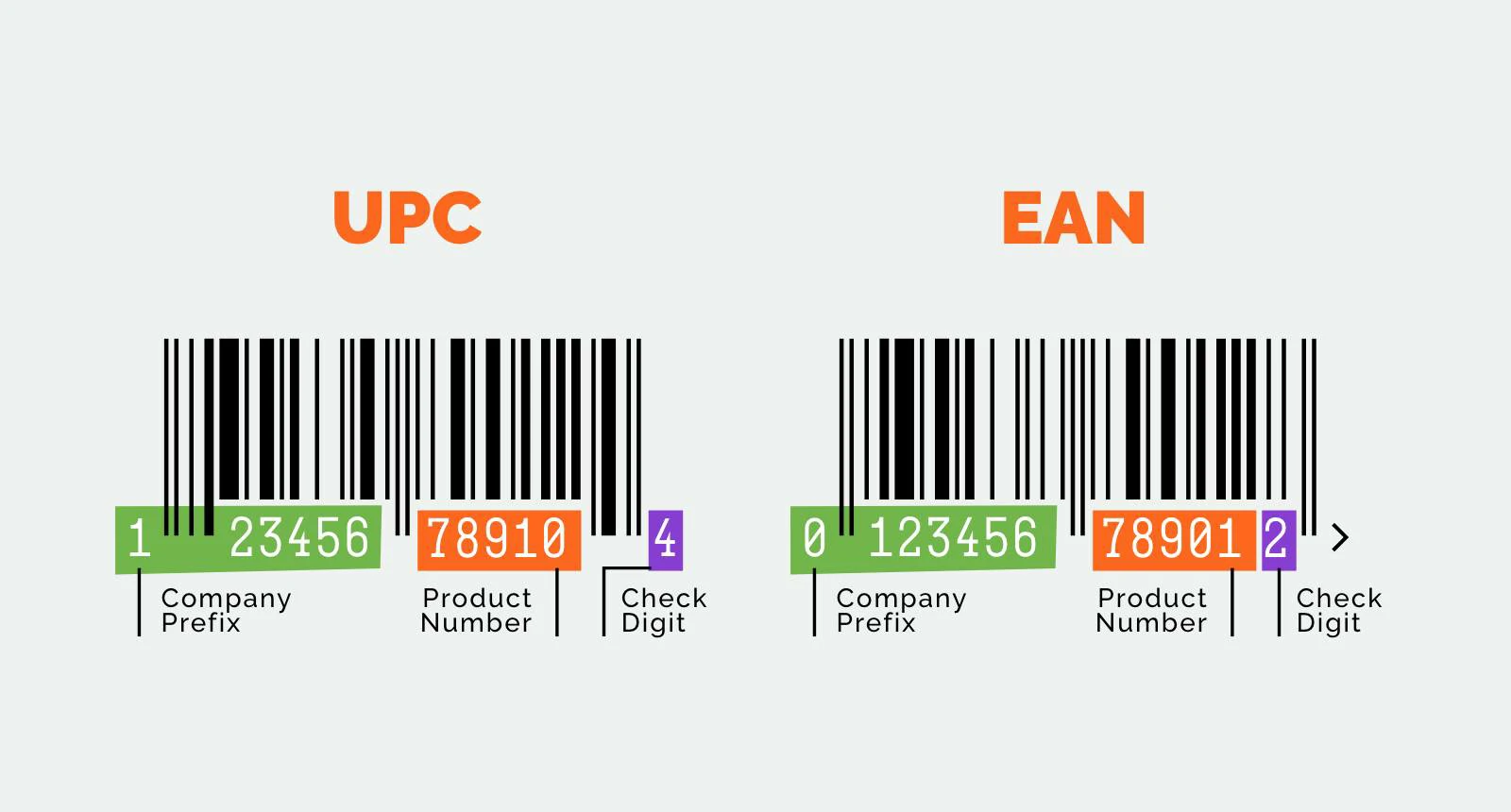
EAN and Barcodes: Their Relationship
A barcode is a machine-readable graphical representation of the EAN code, typically depicted using horizontal or vertical lines to represent the digits. Using barcode scanners, retailers, logistics companies, and warehouse managers can quickly scan the barcode to retrieve product details (such as price, stock quantity, etc.), speeding up business processes.
For example, an EAN-13 code represents the product information through a 13-digit number, while its corresponding barcode image translates these digits into stripes for easy scanning.
How to Implement EAN and EAN Codes in Product Labeling
For businesses to successfully implement EAN and EAN codes in their product labeling, they need to ensure the following steps are followed:
- Register with GS1: To obtain a unique EAN number for your products, you must register with GS1, the global organization that manages the EAN system. This will allow you to receive a company prefix, which forms part of the EAN code.
- Assign EAN Numbers to Products: Once registered, assign a unique EAN number to each of your products. This ensures that each product is individually identifiable.
- Generate EAN Codes: Use barcode generation software or a barcode provider to create the visual barcode based on the EAN number. Ensure the barcode is clear and scannable.
- Labeling: Ensure that the EAN code is printed on the product packaging or label in a location where it can easily be scanned. This is important for both point-of-sale and inventory tracking.
- Ensure Compliance: Verify that the EAN and EAN codes conform to the relevant standards for your market. Incorrect or non-compliant barcodes can result in delays or issues in distribution.
Need an Easy Way to Print Barcodes?
Want an easier way to generate barcodes? Our automatic labeling machines come with a built-in barcode printer, offering a seamless print-and-apply solution. You can quickly print barcodes and apply them directly to your products, saving time and effort. This solution enhances efficiency and reduces errors, whether you’re handling sales or inventory management. Get a quote now.
FAQ
The GTIN-13 code consists of 13 digits, representing a product’s country, manufacturer, and a unique product number. It’s used for quick and accurate product scanning at retail points of sale.
EAN codes simplify product tracking, reduce errors, and improve inventory and supply chain efficiency, making them essential for businesses in retail and logistics.
Yes, EAN codes are internationally recognized, enabling seamless product identification and transactions across borders, which is essential for global trade.
